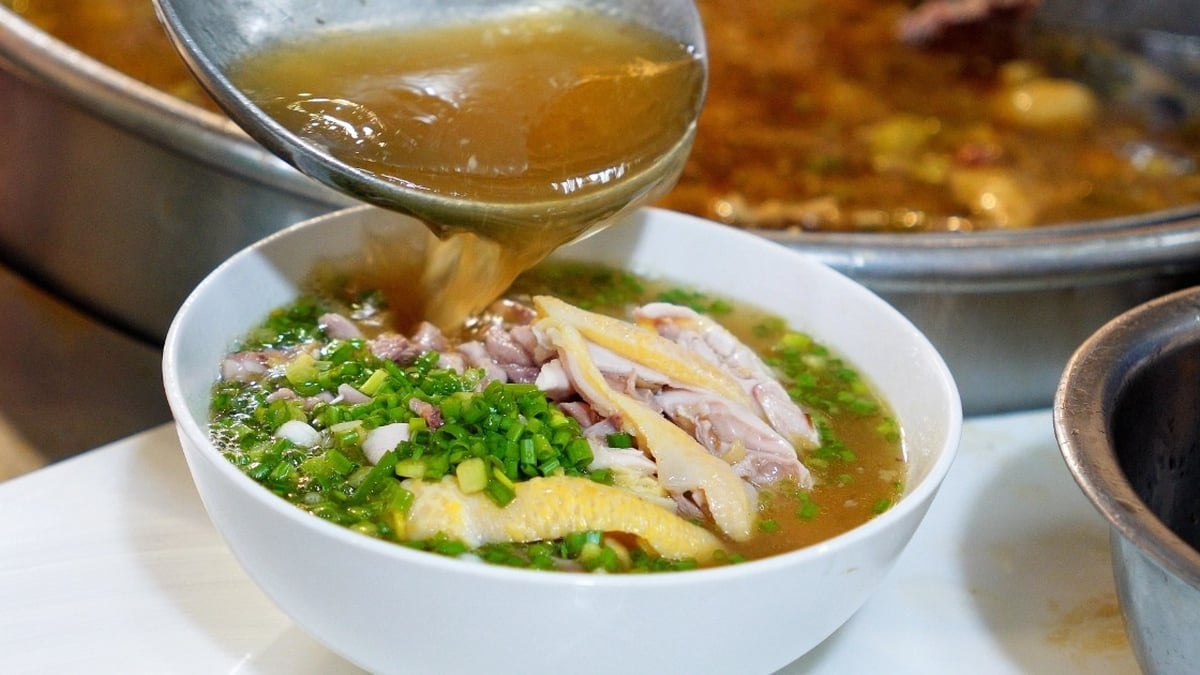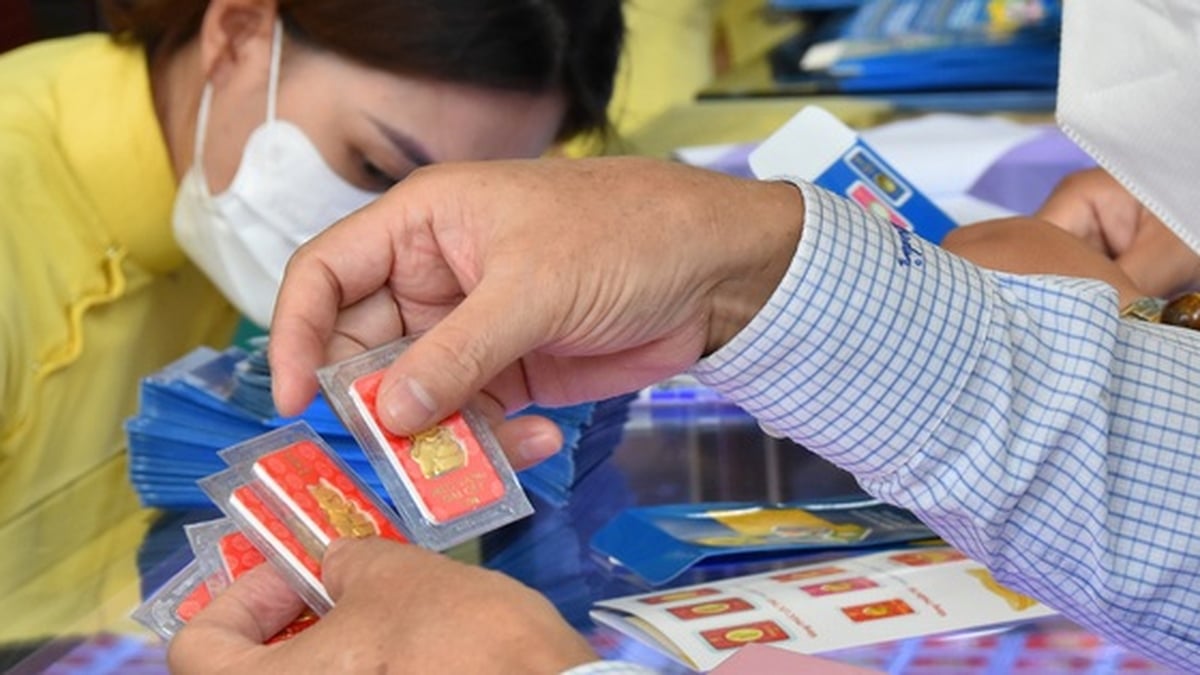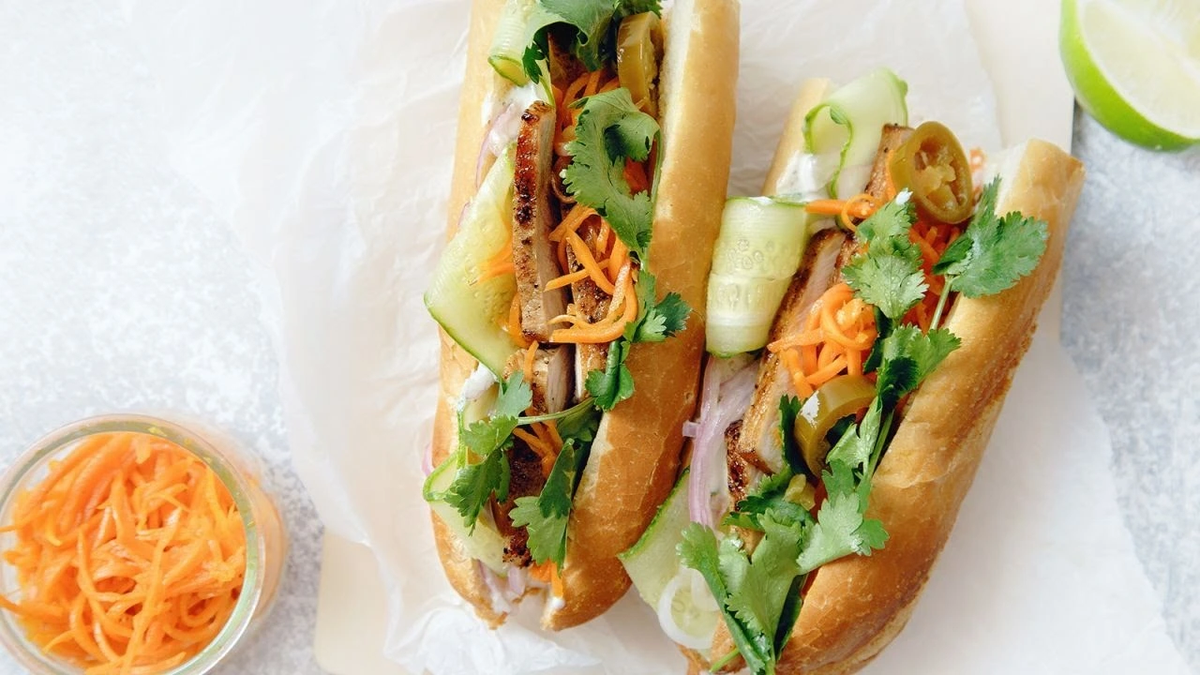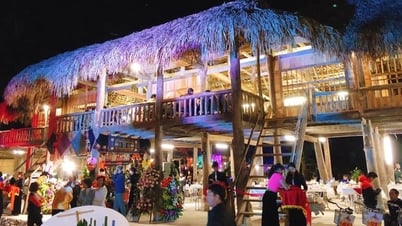In the old days, to mark the boundary, the villagers often chose trees to make fences. Usually, people chose the prickly ash tree to plant and then trim it flat to be both tight and beautiful. Along the ash fence, you can plant more perennial trees to both protect the soil and produce fruit, each season has its own fruit. My grandmother chose to plant the jackfruit tree along the fence, while other people planted coconut trees. My grandmother died early so I didn't hear her explain why she chose the jackfruit tree, but I guess the jackfruit wood is very precious and the jackfruit tree is resilient.
 |
| The soapberry tree in the corner of the garden. |
In the old country gardens, in addition to the planted trees, there were many naturally grown trees - the fruits of birds. If these trees grew right next to the fence, they were often kept by the gardener to become natural fence posts. The fences of my grandparents' house had cotton trees, soapberry trees, and soapberry trees (also called clustered fruit). The cotton trees were used to produce cotton when the season came, while the soapberry trees and soapberry trees were full of thorns. However, they were a whole world of my childhood, especially during the summer afternoons when I skipped my nap. We children used a long stick with a hook at the end to insert it into the fruit cluster and then pulled hard. The soapberry fruits were black on the teeth, but if you crushed them well until they were soft, they were delicious and sweet. Although soapberry trees were not edible, they could be dried and collected in large quantities and sold.
The soapberry trees, after Tet until early summer, the fruit is already ripe, the seeds are big and can be harvested. In the past, only professional pickers would go and buy the whole soapberry tree because every tree is covered with thorns from the base up. Pickers often twist the whole bunch, drop it down for people below to collect and put in bags. They will bring it home to dry and then sell wholesale. Children will pick the bunches that are too tall or too young, people will leave them behind. The summer noon wind will make the soapberry fruit fall with the wind, whenever they see a gust of wind, they will rush out and get the whole bunch. Break off half of the banana leaf, roll it up like a funnel or flip up the flap of a shirt, put it in and dry it on the brick yard. Collect and dry a lot and then sell them. The children are happy to hold the small change, they can save it to buy school supplies.
In the past, when industrial shampoo was rare, almost everyone, every household washed their hair with soapberry. Roast a few fruits and put them in a pot to boil. To make the shampoo more fragrant, mothers and grandmothers also added grapefruit peel, basil leaves or pandan leaves (also known as pandan leaves)... But for active children, washing their hair with soapberry was a torture because if the shampoo water got into their eyes, it would sting. But in fact, washing hair with soapberry water made the hair very smooth, the scalp clean, and the pillow smelled good at night. In modern society, after a period of washing with all kinds of shampoos, people realized that washing hair with soapberry is still number one, because of its fragrance and natural effects. When the soapberry harvest season comes, buy a few ounces or a kilo, dry them, put them in a pan to roast, then crush them, put them in small cloth bags and store them in a dry place. Every time you need to wash your hair, take out a package, soak it in hot water or boil it, add aromatic leaves, the elderly really like it.
There are not many soapberry trees left now, so soapberry fruits are hard to find, and the price is very high, sometimes up to 200,000 VND/kg. During the Covid-19 pandemic, people spread the word about the antibacterial effect of soapberry by burning a few soapberry fruits every day to fumigate the house. However, it is not possible to buy them if you want to. In the time when land was limited and people were crowded, gardens were divided into small pieces for children to build houses and grow crops, so what to plant had to be carefully researched. Fences now are not natural fences like in the past. Now there are wire fences and B40 mesh, so miscellaneous trees are no longer needed. Soapberry takes up a lot of land, so it has to make room for other fruit trees. Therefore, soapberry probably only remains on fields, on hills, or grows wild somewhere. Therefore, soapberry is scarce, and when rare, the price is high.
Once, when I went to eat boiled snails at a restaurant with a friend, the seller served a plate of snails with a safety pin, and I suddenly remembered the bunches of soapberry thorns in my garden. I just needed to break off a few thorns, find some lemongrass, lemon leaves, pick a few chili peppers, dig up some ginger, and go to the market to find some field snails. The whole family could gather around and enjoy a delicious rustic dish of boiled snails with spicy ginger fish sauce... Could it be that the soapberry tree would only remain in my memories or in the imagination of my children and grandchildren after searching on Google? I asked my family to keep a soapberry tree that had grown quite tall and had been brought by birds carrying seeds. Not only that, the birds also brought a few hibiscus vines, decorating the soapberry tree with bright red flowers, brightening up a corner of the garden. Why do we have a beautiful memory of the soapberry tree but not preserve the memory for our children and grandchildren today and tomorrow?
TRAM'S MAKEUP
Source





































































































Comment (0)